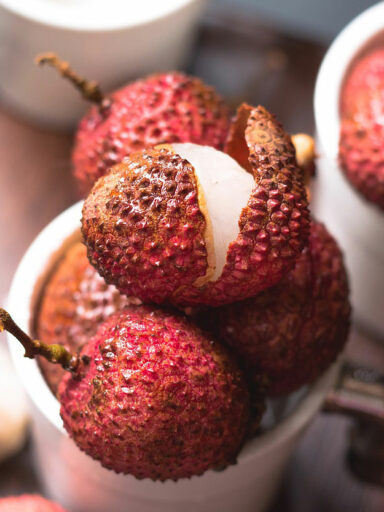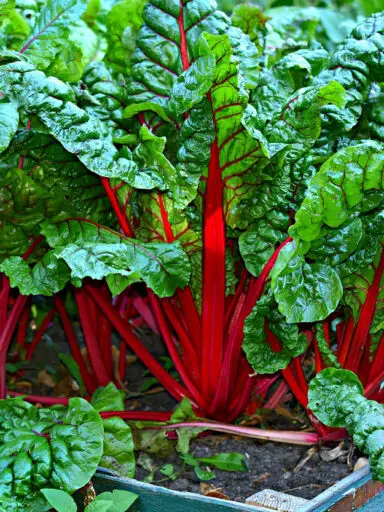The Chestnut is undoubtedly delicious, especially when roasted over an open fire, grill, oven, you name it. So what is so interesting about this nutritious food?
The chestnut is an edible nut with a rich and delicate flavor that is harvested from a large deciduous tree. Botanically, it belongs to the family Fagaceae, in the genus Castanea bearing the scientific name Castanea sativa. This is the same family you find in other Northern Hemisphere trees such as the Oak and the Beech. It may be good to note now that the chestnuts here are not related to the horse chestnut or the water chestnut.
The chestnut is native to the temperate regions of the Northern hemisphere regions. Basically, we are talking about the areas in North America, China, Japan, and Europe as a whole.
There are four varieties of chestnuts around the world. The varieties are the European, Chinese, Japanese, and American species.
The fruit which contains the nut is contained in a sharp spiny cupule that measures about five to eleven cm in diameter and is called bur or burr. The fruit contains between one and seven nuts within them depending on the variety.
The world’s top producers of chestnuts are China, Turkey, Italy, South Korea, and Bolivia respectively. They grow best in well-drained fertile soils with plenty of sunlight. It also grows well on slopes with loose soil. The Chinese variety can also grow well in dry, rocky, and poor soils.
Chestnuts are available in markets in the fall and running into winter through spring. In the stores, one should look for larger and fresh nuts. Avoid nuts that have turned green and rancid. Also, avoid those that have cuts and bruises.
These nuts don’t keep for very long seeing they are low in fats and oils and high in starch. Therefore they should be stored in a refrigerator with relatively high humidity as you would vegetables and fruits. They should be placed in a perforated bag.
Best Practice in Enjoying the Chestnut as Food
The chestnut is a pleasant and delicately flavored nut. It has a sweet flavor and is rather starchy. They can be eaten as a snack raw, roasted, steamed, or boiled. When roasting the chestnut it is advisable to slit the nuts to stop them from popping in the heat.
You can use the nut as a major ingredient in the stuffing of poultry. They can also be used to make buttercream and used as a spread or dip. The nuts are also used to add richness to cakes and other baked goods like pies.
Nutritional and Health Benefits
Chestnuts unlike other nuts are not as rich in oils and fats but are richer in carbohydrates. They are rich in protein, vitamins, minerals, and phytonutrients.
Being extremely rich in starch, chestnuts play in the same league as potatoes, sweet potato, sweet corn, plantains, cassava, and arrowroots.
These nuts contain no cholesterol and contain 213 calories per 100 grams of calories mainly from the starch. It is a great source of carbohydrates and dietary fiber.
Chestnuts contain a decent amount of B-complex vitamins including folates, niacin, pantothenic acid, pyridoxine, riboflavin, and thiamin. In addition to these, they also contain plenty of vitamin C.
The nuts can also be found to be a good source of potassium and other minerals including copper, iron, manganese, and phosphorus. It also contains lesser amounts of calcium, magnesium, and zinc.



